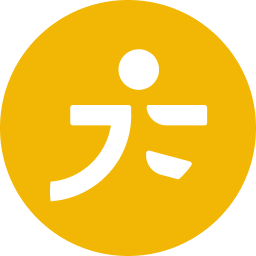Pilates is more than just a workout—it’s a mind-body exercise designed to enhance core strength, flexibility, and overall body control. Originating in the early 20th century by Joseph Pilates, this fitness method has stood the test of time, becoming a popular choice for people of all fitness levels. Whether you are looking to tone muscles, improve posture, relieve stress, or rehabilitate from an injury, Pilates offers an effective and low-impact approach to fitness.
The Benefits of Pilates Workouts
Pilates is unique in its ability to target multiple muscle groups while emphasizing controlled movements, breathing, and stability. Here are some of the key benefits:
1. Builds Core Strength
One of the fundamental aspects of Pilates is core engagement. The exercises work the deep abdominal muscles, lower back, and pelvic floor, creating a strong and stable core that supports overall movement and posture.
2. Improves Flexibility
Unlike some traditional strength training workouts that focus only on muscle contraction, Pilates encourages elongation and flexibility. It helps reduce stiffness and promotes a full range of motion in joints, which can enhance daily movement and prevent injuries.
3. Enhances Posture and Alignment
Bad posture is a common issue due to prolonged sitting and improper movement patterns. Pilates strengthens the muscles responsible for proper spinal alignment, helping you stand taller and move more efficiently.
4. Supports Injury Recovery and Prevention
Since Pilates is a low-impact workout, it’s an excellent choice for those recovering from injuries. It strengthens muscles without excessive strain on joints, making it beneficial for people dealing with back pain, scoliosis, or postural imbalances.
5. Promotes Mind-Body Connection
Pilates requires concentration, coordination, and breath control, which encourages mental clarity and relaxation. This meditative aspect of the workout helps reduce stress and improves overall well-being.
6. Works for All Fitness Levels
Whether you are a beginner or an advanced athlete, Pilates can be modified to match your fitness level. Exercises can be performed using just a mat or enhanced with equipment like resistance bands and stability balls.
How to Get Started with Pilates
- Begin with Basic Moves: Start with foundational exercises like the Hundred, Roll-Up, and Leg Circles to build core strength and familiarize yourself with Pilates movements.
- Focus on Proper Form: Unlike high-intensity workouts, Pilates emphasizes precision and control, so maintaining correct posture is crucial.
- Practice Consistently: Aim for 2-4 sessions per week to see improvements in strength, flexibility, and posture.
- Use a Guided Program: Following a structured plan ensures progression and proper technique, making workouts more effective.
Take Your Pilates Journey Further
If you’re looking for a guided Pilates experience, the Pure Pilates Workout at Home app provides a variety of Pilates routines tailored to different fitness levels and goals. This app makes it easy to follow structured plans, helping you improve flexibility, tone muscles, and strengthen your core from the comfort of your home.
You can download it from the Google Play Store or Apple App Store and start your Pilates journey today!
